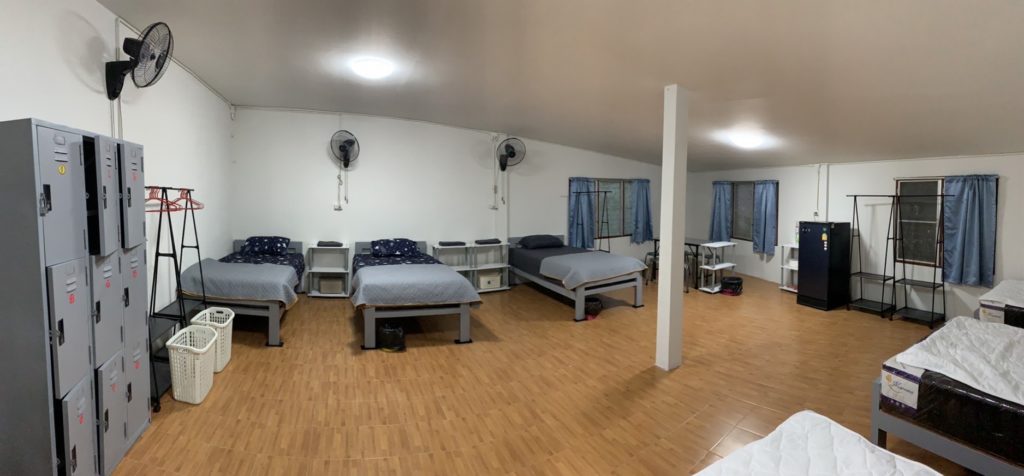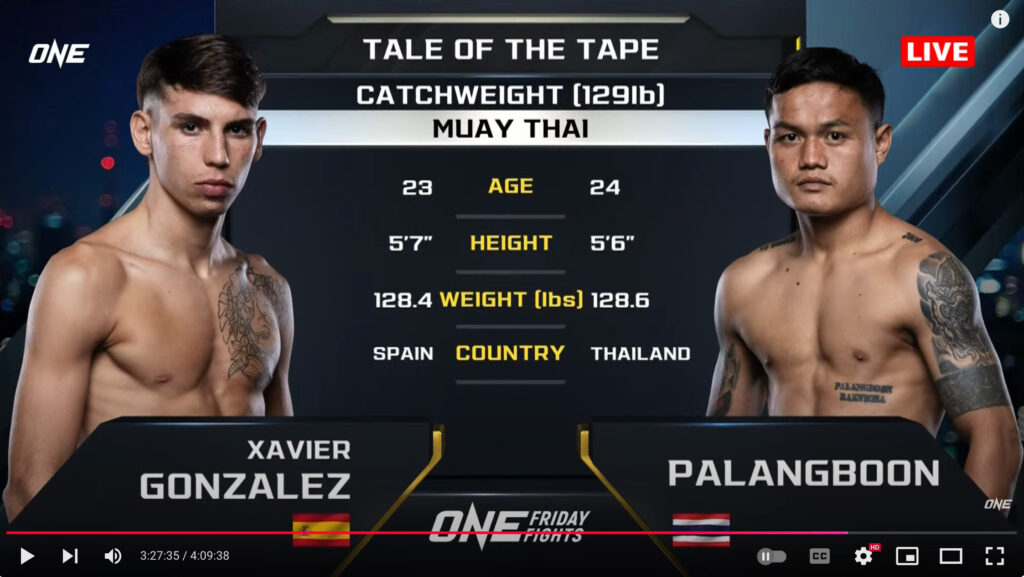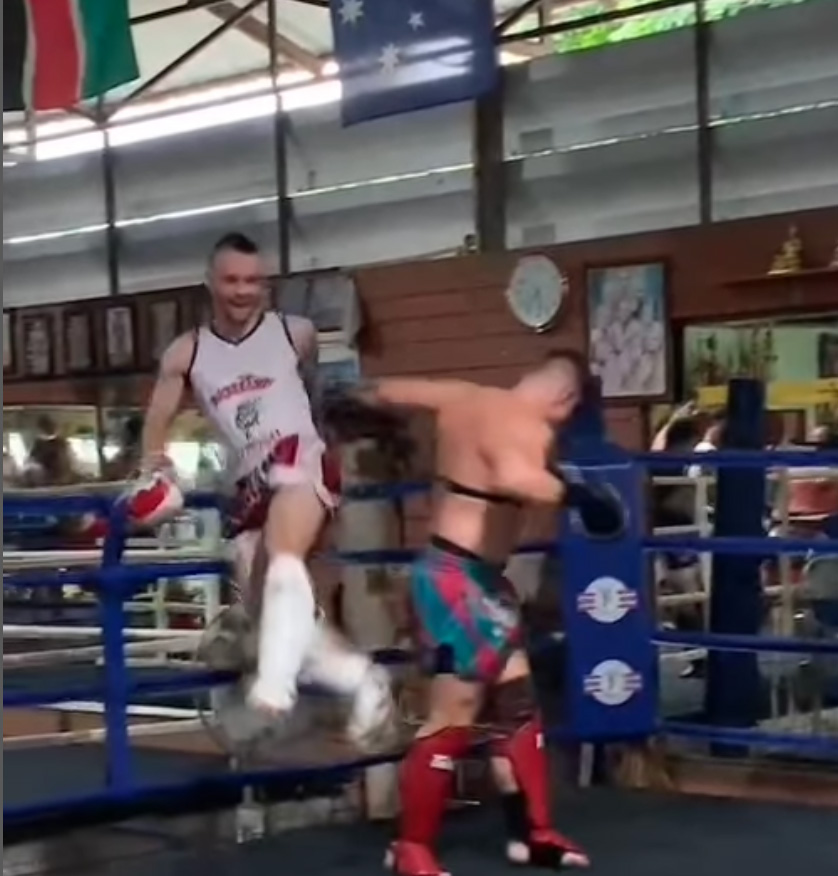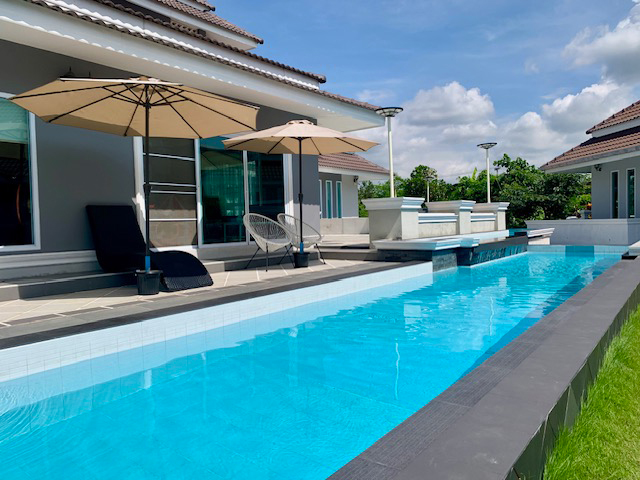Muay Thai Terms: Key Phrases, Techniques, and Traditions
Muay Thai, also known as the “Art of Eight Limbs,” is rich in culture, tradition, and technical depth. Each term reflects an important aspect of the sport, from its traditional roots to the various fighting styles and techniques. Here’s a guide to some of the words used in Muay Thai Training and what they mean.
Words used in Muay Thai
- Nak Muay – A practitioner of Muay Thai; in Thailand, the term is used for those who fight professionally, often starting at a young age, with many dedicating their lives to the art.
- Wai Kru – A ritual dance performed by fighters before each match. It’s a way to show respect to one’s teacher, family, gym, and ancestors. This dance can also help calm the fighter, focus their mind, and invoke blessings for protection and victory.
- Ram Muay – The dance that accompanies the Wai Kru, unique to each gym or fighter. It showcases a fighter’s individual style and personality, reflecting their training, creativity, and emotional connection to the sport.
- Kru – A Muay Thai teacher, respected for both their skill in Muay Thai and for mentoring fighters. A Kru is knowledgeable not just in techniques but also in Muay Thai traditions, values, and mental preparation.
- Ajarn – A master teacher in Muay Thai, often with decades of experience. Ajarns are seen as scholars of Muay Thai and often have created their own techniques or styles, embodying the highest level of expertise and respect.
- Muay Boran – The traditional form of Muay Thai practiced in Thailand before it became a regulated sport. Muay Boran includes self-defense techniques and movements that aren’t allowed in sport Muay Thai, such as joint locks, groin strikes, and ground techniques.
- Khao – Refers to the knee and is one of the “eight limbs” used in Muay Thai. There are many types of knee strikes, each serving different purposes:
- Khao Sok – A straightforward knee strike.
- Khao Yao – A knee that reaches out to target the midsection.
- Khao Loi – An airborne knee strike aimed at the head.
- Sok – Elbow strikes, which are key in close-range fighting. The elbow is highly effective due to its sharpness and versatility, used to cut, stun, and knock out opponents:
- Sok Ti – A horizontal elbow strike.
- Sok Tad – A diagonal elbow, often used to slice through the opponent’s guard.
- Teep – The push kick, often called the “foot jab,” used to keep distance, control the pace, and disrupt an opponent’s rhythm. A well-timed teep can unbalance an opponent or set up other strikes.
- Clinch – The close-quarters grappling technique used in Muay Thai. Fighters use clinching to control an opponent, aiming to land knee strikes, elbows, and sweeps. Effective clinch work demands balance, strength, and technique.
- Muay Khao – A type of fighter who excels in knee strikes and clinching. Muay Khao fighters are relentless, using their knees and clinch control to wear down their opponents.
- Muay Femur – A highly technical and skilled fighter who relies on strategy, timing, and technique rather than brute strength. Muay Femur fighters use calculated movements, feints, and counter-attacks, often winning through finesse.
- Muay Mat – A type of fighter who specializes in powerful punches and an aggressive, forward-moving style. They aim to overwhelm opponents with heavy hands and often aim for knockouts.
- Mongkon – A sacred headpiece worn by fighters before the match. The Mongkon is blessed by the fighter’s teacher and symbolizes protection and the relationship between the fighter and their gym.
- Pra Jiad – Armbands worn by fighters, usually given to them by a loved one or blessed by a Kru. They serve as lucky charms, offering protection and courage.
- Roundhouse Kick (Te Chiang) – A powerful kick aimed at the opponent’s legs, body, or head. Muay Thai fighters are known for their devastating roundhouse kicks, which are delivered with full body rotation and power.
- Muay Lopburi – Refers to fighters with strong boxing skills, a style influenced by western boxing techniques. Lopburi fighters are skilled in footwork, head movement, and powerful hand strikes.
- Mae Mai Muay Thai – The fundamental techniques in Muay Thai, covering essential strikes, movements, and defenses. These are the basic building blocks of a fighter’s skill set and are taught to beginners to develop a strong foundation.
- Look Mai Muay Thai – The advanced techniques in Muay Thai, often including more complex and sophisticated moves or combinations. These techniques require experience and precision and are used to gain an edge over similarly skilled opponents.
- Chok – A punch or strike in Muay Thai. Different types of Chok include:
- Chok Mad – The straight punch, similar to a jab or cross.
- Chok Tad – The hook punch, a more looping strike used in close range.
- Chok Dai – The overhand punch, a powerful looping punch used to bypass an opponent’s guard.
Training Gear & Equipment
- Gloves – Nuam
- Boxing oil – Naman Muay
- Hand wraps – Pad Meu
- Mouth guard – Fang Yang
Fight Speeds
- Fast – Reu
- Slow – Sha
Basic Actions
- Block – Bat
- Clinch – Djab Ko
- Dodge – Pang Nga
- Hit – Dtee
- Jump – Kradot
- Throw – Ting
- Thrust (Foot Thrust) – Teep or Thip
Body Parts in Muay Thai
- Foot – Tao
- Head – Hua
- Knee – Kao or Khao or Kow
- Leg – Kaa
- Nose – Jamook
- Shin – Na Kaeng
- Stomach – Tong
Expressions & Greetings
- Excuse Me/Sorry – Kor Toht
- Good Bye – Laa Gon Na
- Good Luck – Chok Dee
- Hello – Sam Wat Dee
- Thank You – Kop Kun
Winning & Losing
- To win – Chanak
- To lose – Peh
Muay Thai Numbers
Counting is an essential skill in Muay Thai training sessions and commands. Here is how to count in Thai:
- One – Neung
- Two – Saawng
- Three – Saam
- Four – Sii
- Five – Haa
- Six – Hok
- Seven – Jet or Ched
- Eight – Bpaaet
- Nine – Gaao
- Ten – Sip
Favorite Muay Thai Term: Chok dee!
“Chok dee” means “Good luck” in Thai, often wished to fighters before a match as a sign of encouragement and respect. May these Muay Thai terms bring you closer to understanding the depth and spirit of this ancient martial art!
Looking into a Muay Thai Camp in Chiang Mai, Thailand? Have a look at our Muay Thai Training packages.






